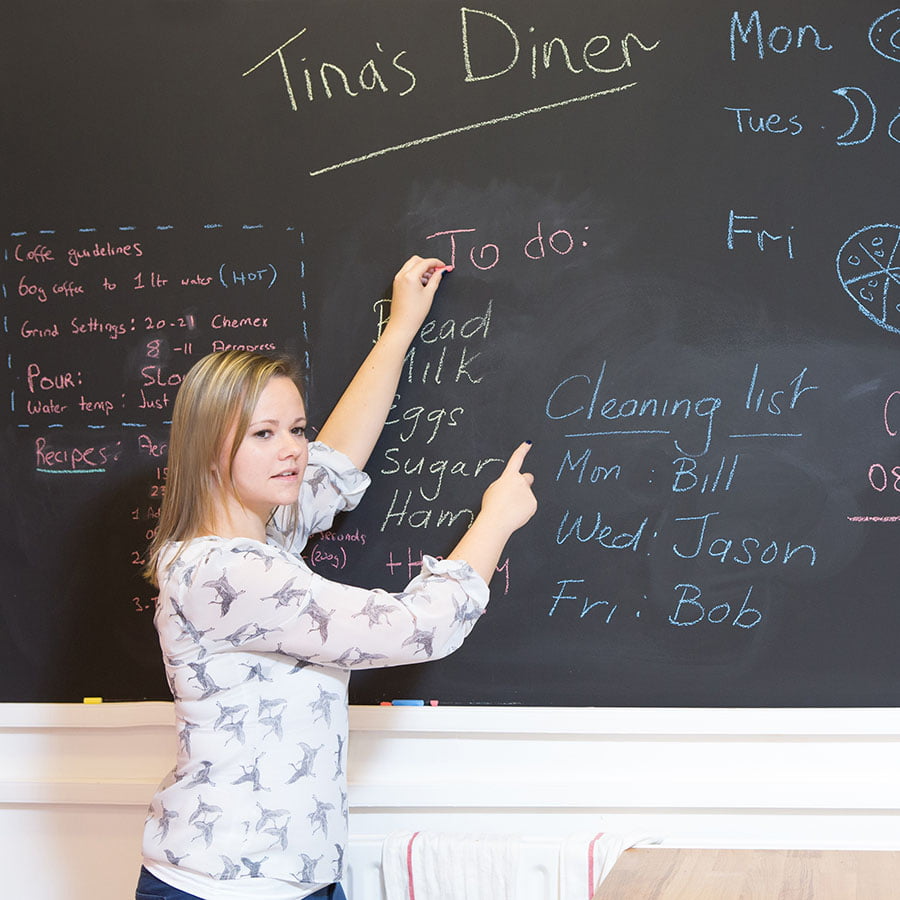Introduction
In the realm of educational tools, few hold as much historical significance and continued relevance as the humble chalkboard. Despite the rapid advancements in technology that have transformed classrooms over the past century, the chalkboards remain an enduring symbol of learning, collaboration, and creativity. With its origins dating back to the early 19th century, this seemingly simple device has played a pivotal role in shaping the way knowledge is imparted and ideas are shared. In this extensive exploration, we will delve into the history, mechanics, applications, and future prospects of the chalkboard, examining why it continues to captivate learners and educators alike.

Historical Roots and Development of the Chalkboard
From Slate Pencils to Chalk: Early Forms of Classroom Writing Surfaces
The concept of using a reusable writing surface in educational settings can be traced back to ancient civilizations, where students etched characters onto wax tablets or used styluses on clay tablets. However, the precursor to the modern chalkboard emerged during the Industrial Revolution, when the widespread availability of slate led to the creation of individual slate tablets for students to practice writing and arithmetic.
The Advent of Blackboards: A Revolutionary Teaching Aid
The true transformation came in the early 1800s with the invention of the blackboard, which was essentially a large, flat piece of slate mounted on a wall or easel. This innovation allowed teachers to present information to the entire class simultaneously, fostering collective learning and significantly enhancing instructional efficiency. The term “chalkboard” gradually supplanted “blackboard” as softer, dust-free chalk replaced the original harder slate pencils.
Chalkboards in the 20th Century: Standardization and Global Adoption
Throughout the 20th century, chalkboards became an indispensable feature of classrooms worldwide. Standardized sizes, mounting systems, and chalk storage compartments were developed, ensuring consistency and ease of use across educational institutions. As schools expanded and teaching methodologies evolved, chalkboards adapted, with the introduction of mobile units, double-sided designs, and specialized formats like music staff boards and grid-lined math boards.
Mechanics and Materials of Chalkboards
Understanding the Components: Chalk, Board Surface, and Erasers
The core components of a chalkboard system include the board itself, chalk sticks, and erasers. The board, typically made of slate, porcelain-coated steel, or green-colored melamine, offers a smooth, non-porous surface that readily accepts chalk marks and allows for easy erasure. Chalk, composed primarily of calcium sulfate, provides a writable medium that produces crisp, visible lines without excessive dust. Erasers, often made of felt or foam, efficiently remove chalk residue while preserving the integrity of the board surface.
Environmental Considerations and Health Impacts
While chalkboards offer numerous benefits, concerns have been raised regarding the potential health effects of chalk dust. Fine particulate matter generated during writing and erasing can contribute to indoor air pollution and trigger respiratory issues for sensitive individuals. In response, manufacturers have developed low-dust chalk alternatives and improved board surfaces to minimize these effects. Moreover, the transition to eco-friendly materials and production processes has become a priority for many chalkboard producers, aligning with broader sustainability goals within the education sector.
Applications and Pedagogical Benefits of Chalkboards
Visual Learning and Information Retention
Chalkboards serve as powerful visual aids, helping learners of all ages better comprehend complex concepts, retain information, and develop critical thinking skills. By presenting material in a spatially organized manner, chalkboards facilitate the mapping of ideas, the illustration of relationships, and the sequential representation of processes, thereby enhancing cognitive engagement and understanding.
Interactive Teaching and Collaborative Learning
In addition to their role as passive display tools, chalkboards actively promote interaction and collaboration. Teachers can engage students through live demonstrations, problem-solving exercises, and group activities, encouraging active participation and fostering a dynamic learning environment. Moreover, chalkboards enable spontaneous idea sharing, brainstorming sessions, and peer feedback, nurturing a culture of open communication and collective knowledge building.
Flexibility and Adaptability Across Disciplines
The versatility of chalkboards makes them suitable for a wide range of subjects and teaching approaches. Whether employed for illustrating scientific diagrams, practicing language skills, demonstrating mathematical proofs, or exploring artistic techniques, chalkboards offer educators a flexible canvas upon which to tailor instruction to the specific needs and interests of their students.
Chalkboards in the Digital Age: Integration and Evolution
Coexistence with Technological Advancements
Despite the advent of digital whiteboards, projectors, and interactive displays, chalkboards have not disappeared from modern classrooms. Instead, they coexist alongside these technologies, each offering unique advantages depending on the context and learning objectives. Chalkboards provide a tangible, hands-on experience that complements the immersive, multimedia capabilities of digital tools, allowing educators to strike a balance between traditional and innovative teaching methods.
Hybrid Chalkboard-Technology Solutions
Recognizing the value of both analog and digital elements, some manufacturers have developed hybrid solutions that combine the best features of chalkboards and modern technologies. Examples include chalkboard-compatible projection screens, smart chalkboards that digitize handwritten content, and interactive apps that simulate the chalkboard experience on digital devices. These innovations allow educators to harness the benefits of traditional chalkboards while leveraging the connectivity, accessibility, and storage capabilities of digital platforms.
The Future of Chalkboards: Nostalgia, Tradition, and Innovation
Nostalgia and Emotional Connection
Chalkboards evoke a sense of nostalgia for many, recalling memories of childhood lessons and the thrill of newfound knowledge. This emotional connection contributes to their enduring appeal, as both educators and students appreciate the simplicity, familiarity, and tactile nature of chalkboard-based learning. In an increasingly digital world, chalkboards offer a tangible, human-centered experience that fosters a sense of community and belonging within educational settings.
Tradition as a Foundation for Innovative Pedagogy
While embracing new technologies, educators recognize the timeless value of traditional teaching methods like chalkboard instruction. By integrating chalkboards into innovative pedagogical frameworks, such as flipped classrooms, inquiry-based learning, and project-based education, teachers can leverage the strengths of this classic tool to support contemporary educational goals and meet the diverse needs of 21st-century learners.
Sustainability and the Rebirth of Chalkboards
As environmental concerns gain prominence, there is renewed interest in eco-friendly, low-tech educational resources like chalkboards. Their long lifespan, minimal energy consumption, and potential for upcycling or recycling make chalkboards attractive alternatives to disposable or high-maintenance digital devices. Moreover, the resurgence of interest in craftsmanship and handmade goods may lead to the development of artisanal chalkboards, further extending their appeal and longevity.
Conclusion
In conclusion, the chalkboard stands as a testament to the enduring power of simplicity and adaptability in educational tools. From its humble beginnings as a revolutionary teaching aid to its continued presence in the digital age, the chalkboard has defied obsolescence, proving its worth in fostering visual learning, promoting collaboration, and accommodating diverse teaching strategies. As we look to the future, it is clear that the chalkboard, with its timeless charm and evolving functionality, will remain an integral part of the educational landscape, harmoniously coexisting with technological advancements and embodying the spirit of lifelong learning.




